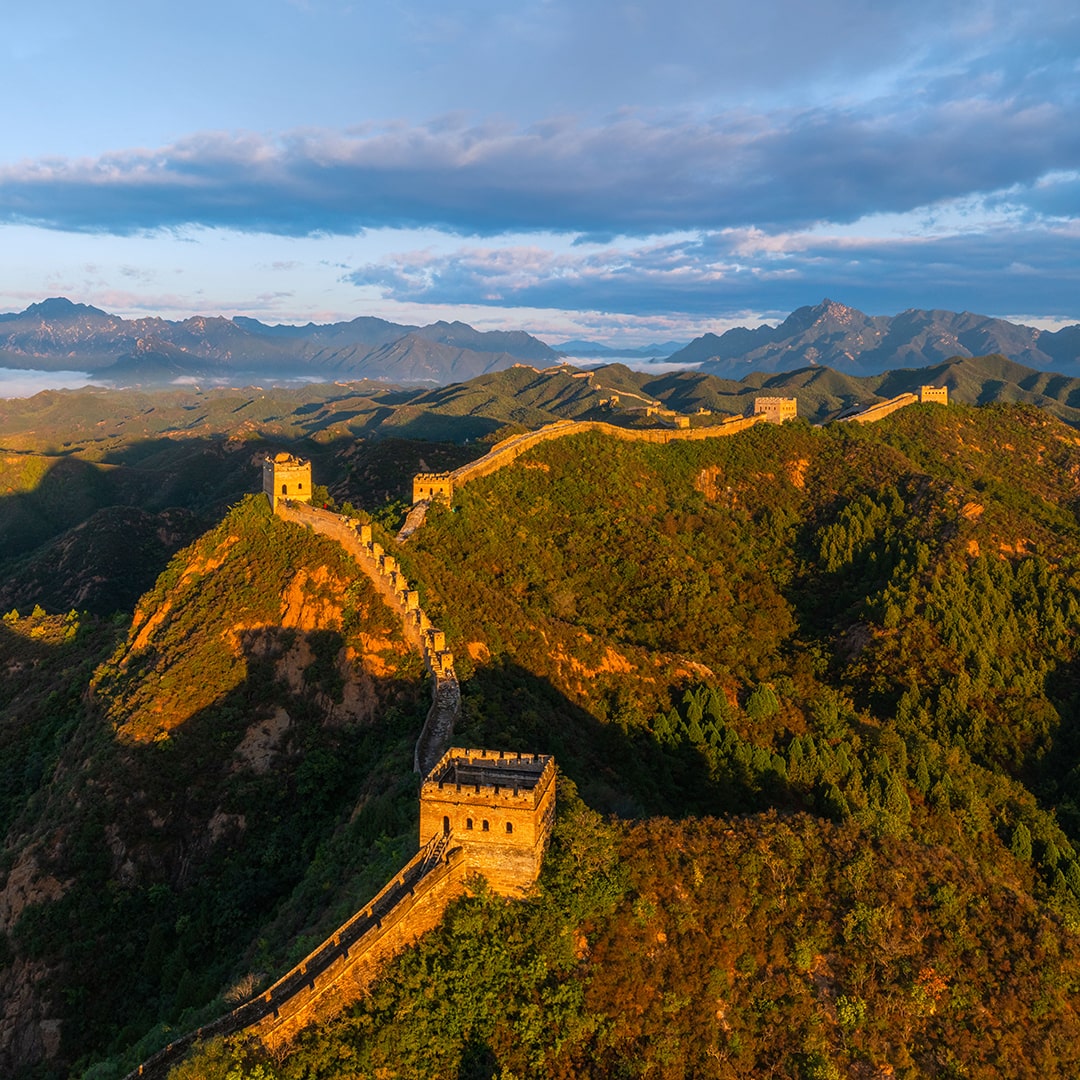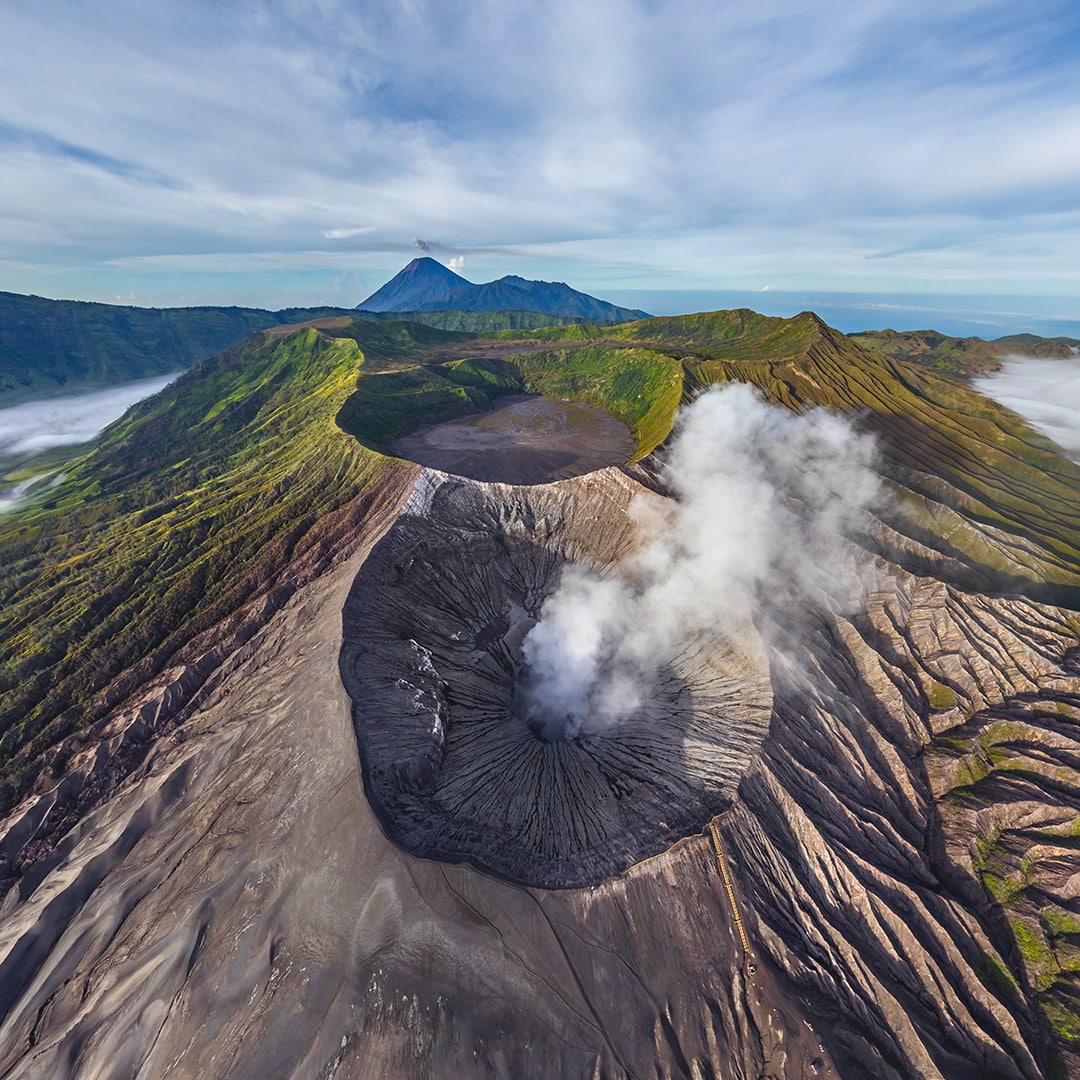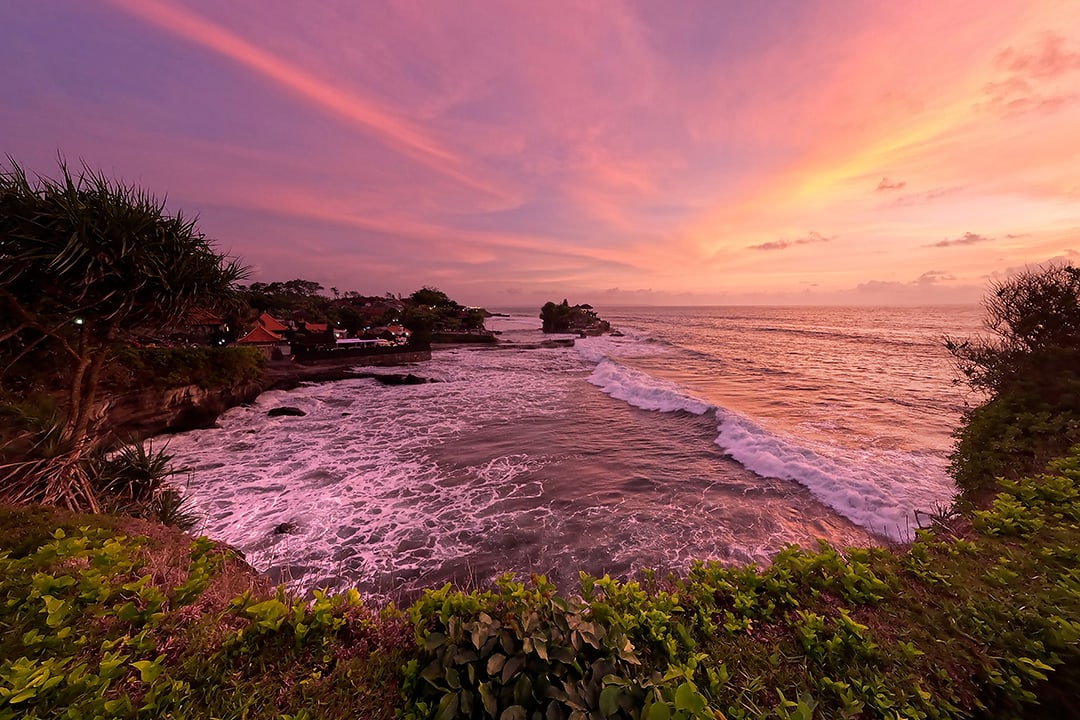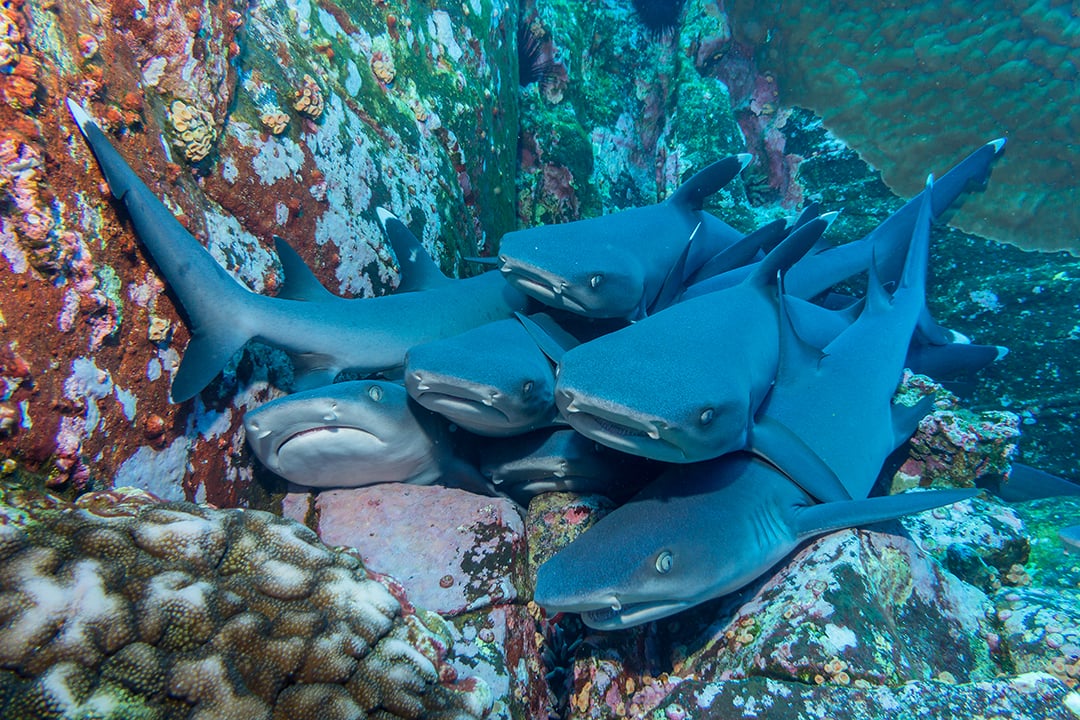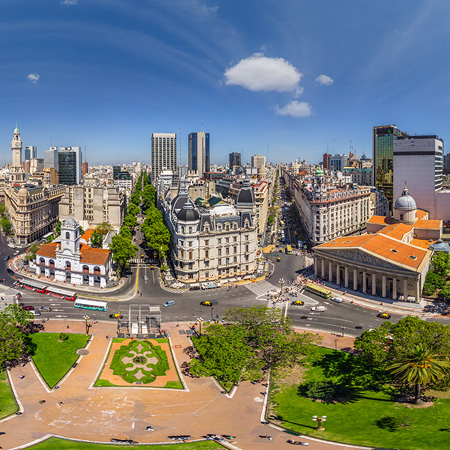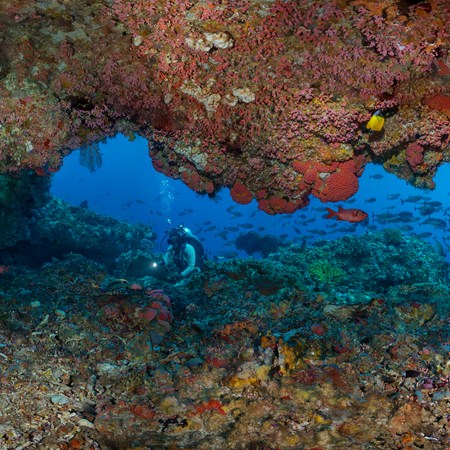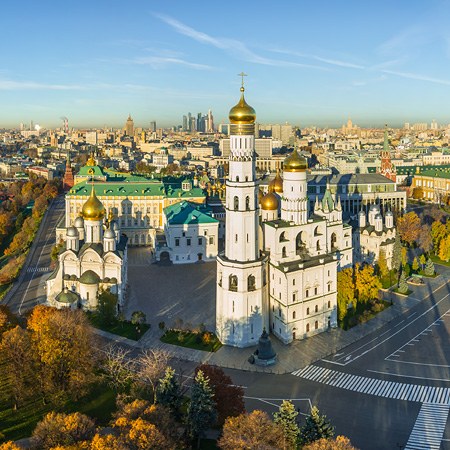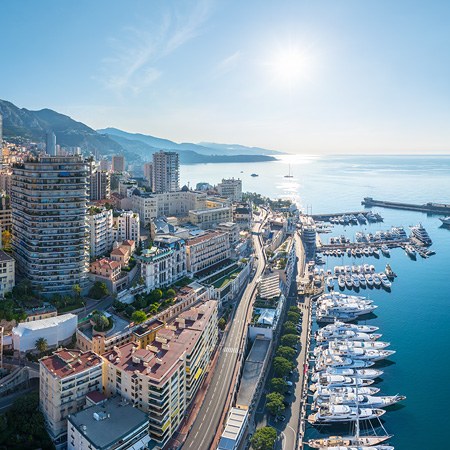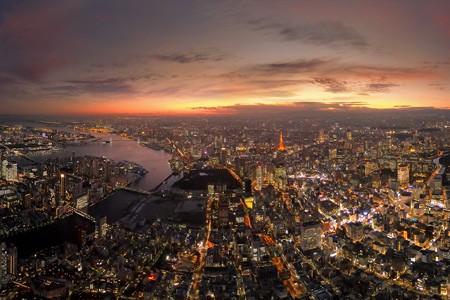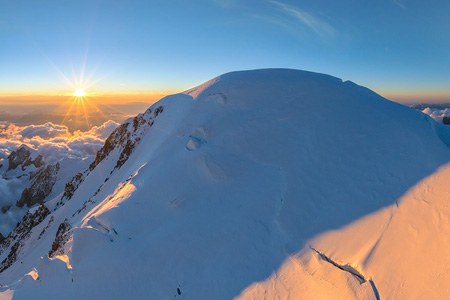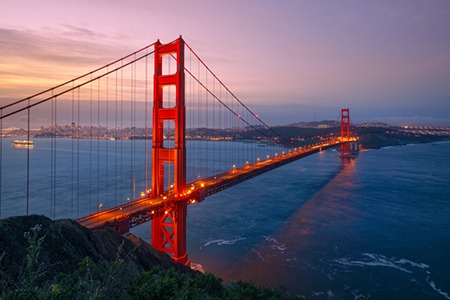Tbilisi, Georgia
Tbilisi is the main city of Georgia; ancient, beautiful and cozy. Its name translates as "warm spring".
Such sources have been known here since ancient times. According to legend, in the 5th century, the entire territory was covered with forests, and during the hunt, King Vakhtang Gorgasali saw how a wounded pheasant died from burns in contact with water. The king ordered to cut down the forest and establish a city here. Meanwhile, he was not the discoverer of this geothermal phenomenon: during excavations in the historical center, Roman baths of the I—II centuries with mosaic pools were found.

Dachi, king of Iberia and successor of Vakhtang I, moved the capital from Mtskheta to Tbilisi in the 6th century. A virtual walk with AirPano will introduce you to this city in different periods of its history.
Its current symbol is the twenty–meter monument Mother Kartli, or Mother Georgia, erected in honor of the 1500th anniversary of Tbilisi. It stands on the top of Sololaki Hill.

Initially, in the late 1950s, the statue was made of wood; in 1963 it was rebuilt from aluminum, and in the 1990s it was restored again, slightly changing its appearance. Nevertheless, her main idea remained unchanged. The idea reflects the Georgian national character: a woman holds a cup of wine in her left hand to greet those who have come as a friend, and in her right hand a sword for those who have planned evil.

Here, on the right rocky bank of the Kura River, between the thermal baths and the botanical garden of Tbilisi, stands the ancient fortress of Narikala. Legends attribute its construction to kings Vakhtang I or Dachas, but archaeological research has "aged" the structure: it could have appeared as early as the IV century.
Anyway, in the XVI—XVII centuries the fortress was rebuilt, but in 1827 it was destroyed by an explosion of a powder magazine. And although now we can only see part of its walls and objects, it is still beautiful and majestic.

You can get to the left bank of the Kura River via the Mira pedestrian Bridge, opened in 2010. It is a 156-meter curved frame covered with glass. Its avant-garde design was created by the Italian architect Michele de Lucchi.
Another iconic place on the right bank of Tbilisi is Mtatsminda Mountain. On its slope is the Church of St. David with a pantheon – the graves of outstanding artists, scientists and national heroes. A funicular has been launched to the 700-meter peak, where the park is located, and a panoramic view of the city opens from here.

And the historical part, Old Tbilisi, lies right at the foot of the mountain. Its main attractions are the oldest preserved Anchiskhati Church, the palace of Queen Darejan, the famous Freedom Square and a maze of winding atmospheric streets.
We hope that our short walk has aroused your interest in the ancient and vibrant city!
Photos by Max Guzovskiy
23 February 2024
Read more
360° Video
